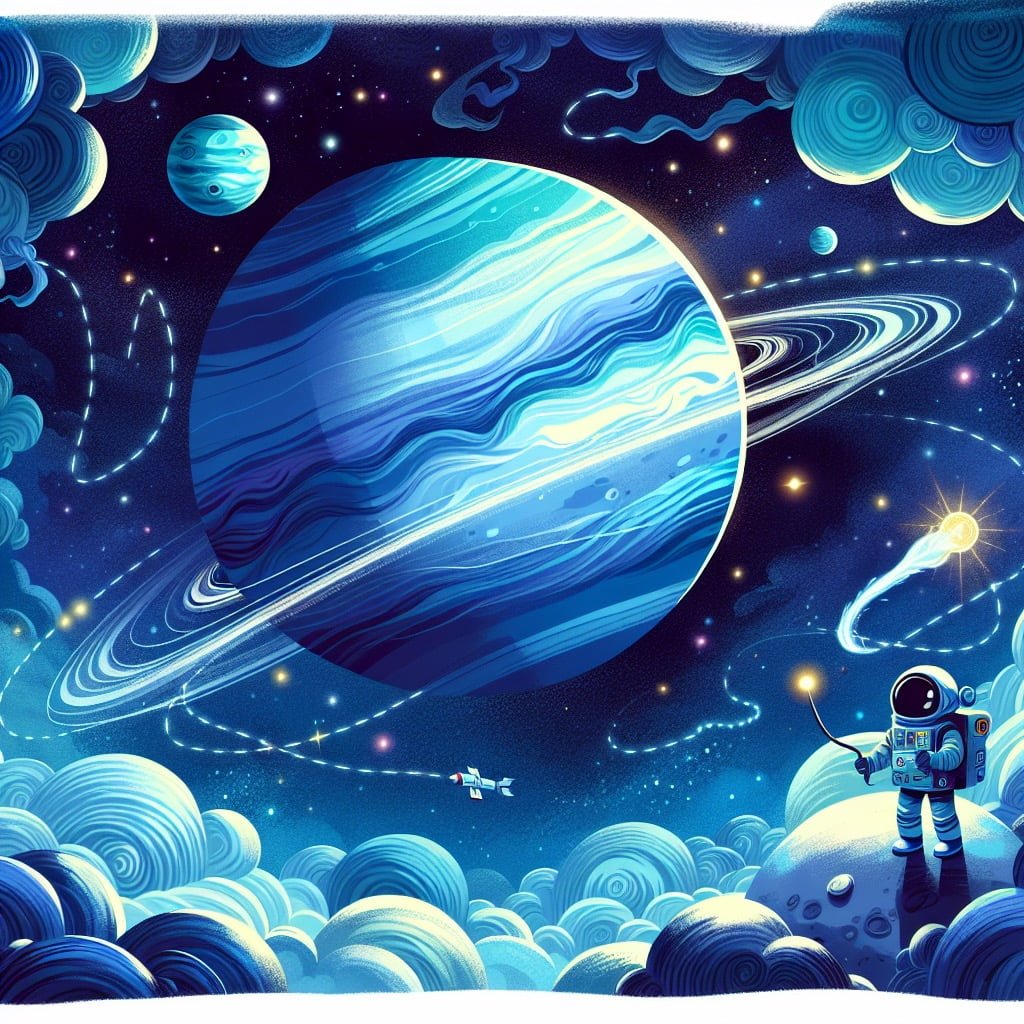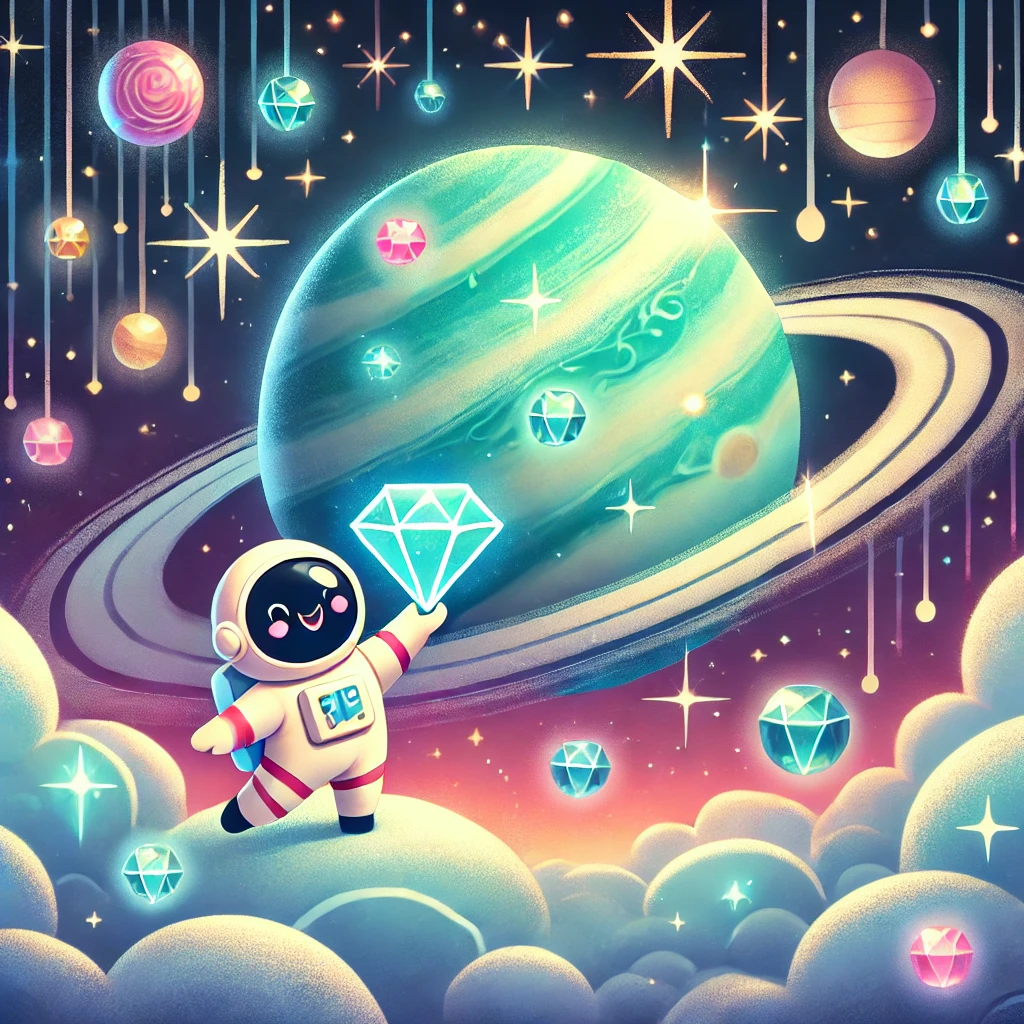Welcome to our latest post on “Moon Facts For Kids”! In this exciting and educational blog post, we will explore some fascinating facts about Earth’s natural satellite, the Moon. From its influence on ocean tides to the lack of atmosphere and its impact on plant growth, the Moon is a mysterious and captivating celestial body that continues to amaze us all. Whether you’re a younger kid looking for fun and simple explanations or an older kid interested in diving deeper into the science behind these phenomena, this post has something for everyone. Join us on this journey through space and discover the wonders of the Moon in a way that is both engaging and informative. Get ready to be amazed by the incredible world of our lunar neighbor!
Moon Facts For Kids
1. The Moon is Earth’s Natural Satellite
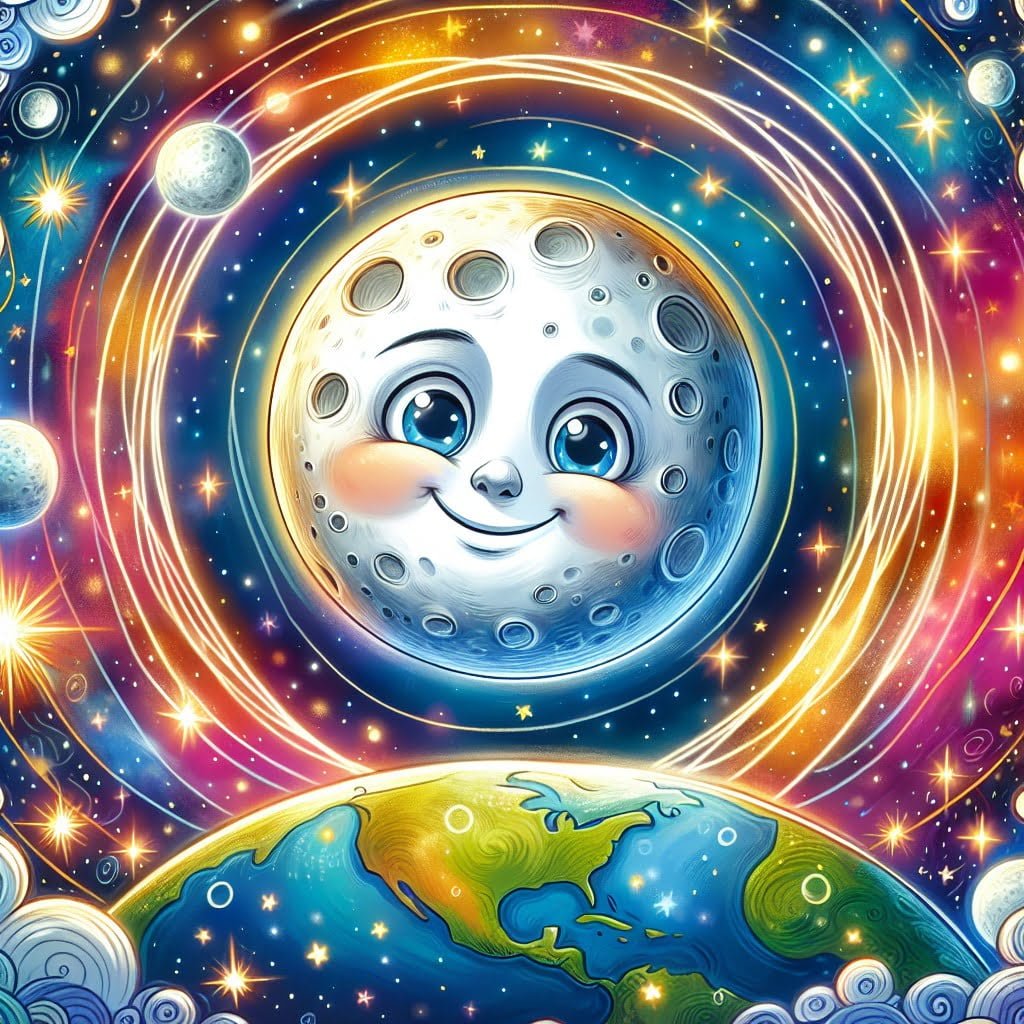
For younger kids: The Moon is like Earth’s special friend that orbits around us!
For older kids: The Moon is a natural satellite of Earth, orbiting around our planet as we journey through space together.
Detailed explanation:The Moon, Earth’s natural satellite, is a fascinating celestial body that has captured the curiosity and imagination of people for centuries. As one of the most prominent objects in the night sky, the Moon plays a crucial role in shaping our planet’s environment and has a significant impact on various phenomena on Earth.
One of the most interesting Moon facts for kids to learn about is how the Moon was formed. The prevailing theory is that the Moon was created around 4.5 billion years ago when a Mars-sized object collided with the early Earth. This collision resulted in debris being ejected into space, eventually coalescing to form the Moon. This process, known as the Giant Impact Hypothesis, is supported by geological evidence and computer simulations.
Another fascinating aspect of the Moon is its influence on Earth’s tides. The gravitational pull of the Moon, along with the Sun, creates tidal forces that cause the oceans to bulge outwards. As the Earth rotates, these bulges result in high and low tides around the world. This phenomenon is essential for marine ecosystems and coastal communities.
Furthermore, the Moon’s presence also affects Earth’s axial tilt and rotational speed, which in turn influences our planet’s climate and seasons. The Moon’s phases, from new moon to full moon and back again, are a result of the relative positions of the Sun, Moon, and Earth.
In conclusion, the Moon is Earth’s loyal companion, playing a vital role in shaping the world we live in. By understanding key Moon facts for kids, young learners can develop a deeper appreciation for the beauty and complexity of our solar system.
Moon Facts For Kids
2. The Moon Influences Ocean Tides
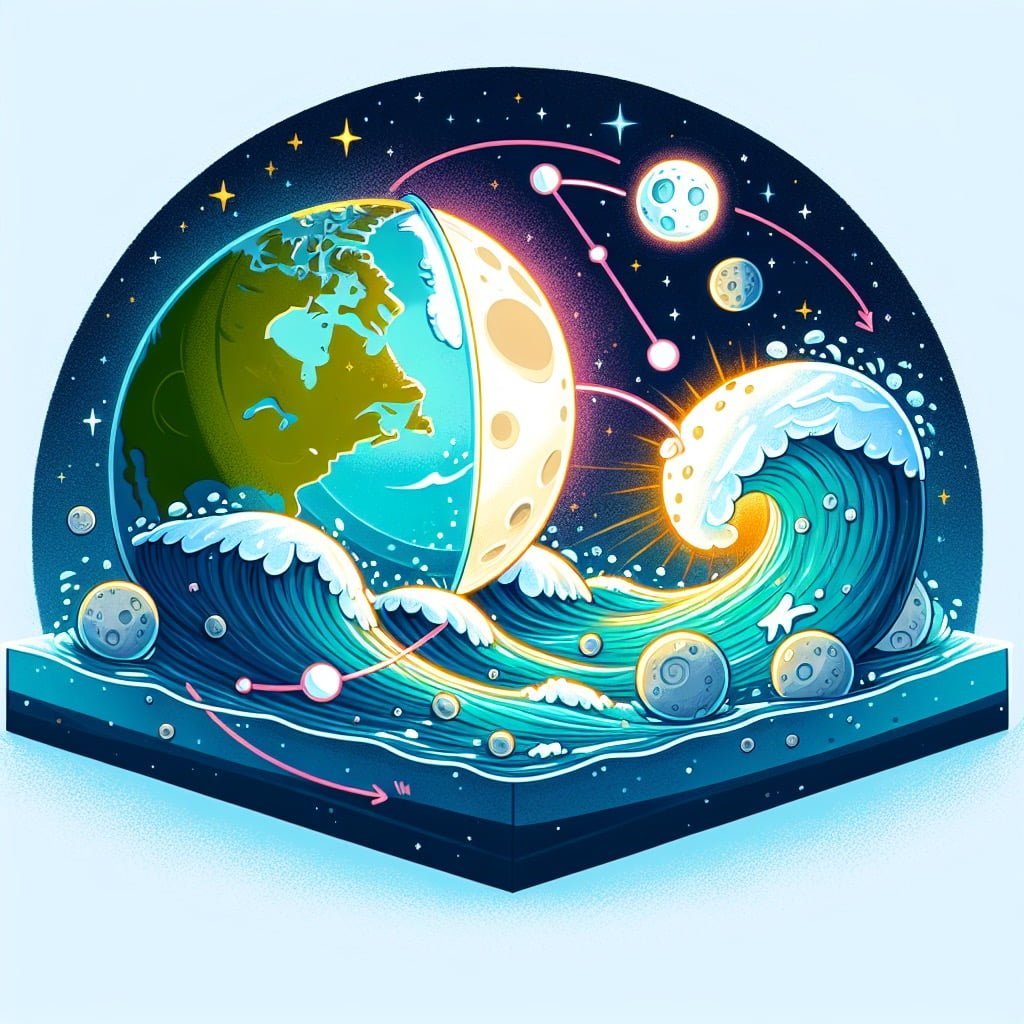
For younger kids: The Moon’s gravity pulls the water in the oceans, making high and low tides!
For older kids: The Moon’s gravitational pull on Earth’s oceans causes tides to rise and fall in a regular pattern, affecting marine life and coastal areas.
Detailed explanation:The Moon has a significant influence on ocean tides, a phenomenon that has been observed for centuries. The gravitational pull of the Moon affects the water on Earth, causing it to bulge outward towards the Moon. This gravitational force creates high tides on the side of the Earth facing the Moon and on the opposite side, known as the tidal bulges.
As the Earth rotates on its axis, different parts of the planet pass through these tidal bulges, resulting in two high tides and two low tides every day. This daily tidal cycle is known as the diurnal tide. The Sun also plays a role in the formation of tides, but its gravitational pull is only about half as strong as the Moon’s.
The Moon’s influence on ocean tides is strongest during a full moon and a new moon when the Sun, Moon, and Earth are aligned. This alignment, known as syzygy, results in higher high tides, called spring tides, and lower low tides, known as neap tides.
The concept of ocean tides being influenced by the Moon is not only a fascinating natural phenomenon but also has practical implications. Tides are crucial for coastal ecosystems, influencing the distribution of marine life and the erosion of coastline. Additionally, tides are important for activities such as fishing, navigation, and energy production from tidal power.
Teaching children about Moon facts for kids, including how the Moon influences ocean tides, can spark their curiosity about the natural world and help them understand the interconnectedness of various Earth processes. By exploring these scientific concepts, children can develop a deeper appreciation for the role of the Moon in shaping our planet’s environment.
Moon Facts For Kids
3. The Moon Does Not Produce Light
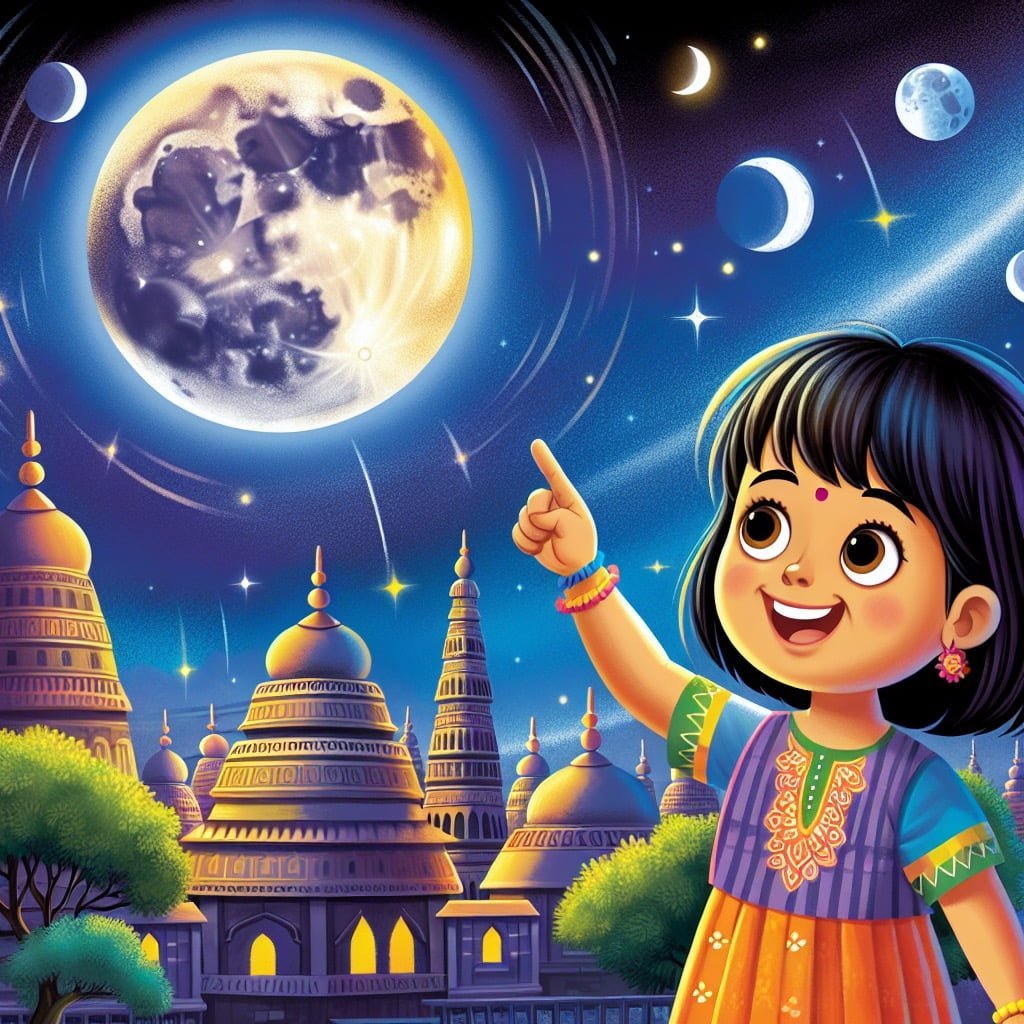
For younger kids: The Moon shines at night, but it’s not making its own light—it reflects the Sun’s light!
For older kids: Although the Moon appears to emit light, it actually reflects sunlight, which is why we see different phases as it orbits Earth.
Detailed explanation:One important Moon fact for kids to understand is that the Moon does not actually produce its own light. Instead, the Moon reflects the light of the Sun, making it appear bright in the night sky. This process is similar to how a mirror reflects light, bouncing it off in different directions.
The Moon’s surface is made up of a rocky material called regolith, which reflects about 12% of the sunlight that hits it. This reflection is what allows us to see the Moon glowing in the night sky. When the Moon is in its full phase, it appears the brightest because it is fully illuminated by the Sun.
The amount of light that the Moon reflects can vary depending on its position in orbit. When the Moon is closer to the Earth, it can appear larger and brighter, creating a phenomenon known as a supermoon. On the other hand, when the Moon is farther away, it may appear smaller and less bright.
Understanding that the Moon does not produce its own light is an important concept for kids to grasp when learning about astronomy. It helps them appreciate the relationship between the Sun, the Moon, and the Earth, and how they interact to create the phases of the Moon that we observe from Earth. By understanding this phenomenon, kids can develop a deeper curiosity and appreciation for the wonders of the universe.
Moon Facts For Kids
4. The Moon Has Many Craters
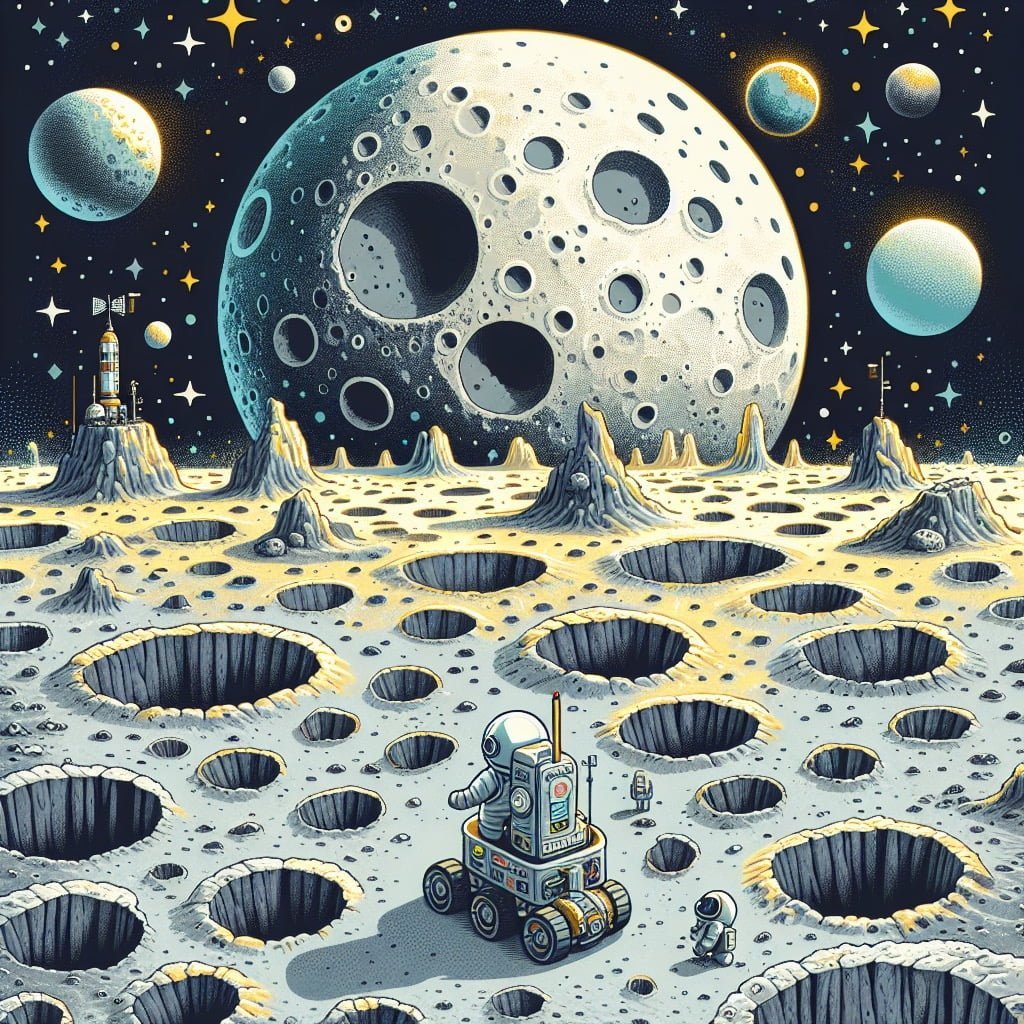
For younger kids: The Moon is covered in big holes called craters from space rocks that hit it!
For older kids: The Moon’s surface is heavily cratered, formed by impacts from asteroids and meteoroids over millions of years, creating its distinctive appearance.
Detailed explanation:One of the most distinctive features of the Moon is its countless craters. These crater formations are the result of impacts from asteroids, meteoroids, and comets colliding with the Moon’s surface over millions of years. The lack of an atmosphere on the Moon means that these objects are not burned up upon entry as they are on Earth, resulting in visible craters.
The Moon’s surface is covered with craters of varying sizes, with some so large they can be seen from Earth with a telescope. The largest of these craters, such as the South Pole-Aitken basin, can be hundreds of kilometers wide and several kilometers deep. The impact that created these massive craters would have been catastrophic, sending shockwaves across the Moon’s surface.
The presence of so many craters on the Moon serves as a record of the violent history of our solar system. By studying these craters, scientists can gain valuable insights into the frequency and intensity of impacts in our solar system’s past. Additionally, the study of lunar craters can provide clues about the composition of the objects that impacted the Moon and even help us understand the formation and evolution of the Moon itself.
Overall, the Moon’s many craters are not only visually striking but also scientifically significant, offering a window into the geological history of both the Moon and our solar system. The next time you look up at the Moon, take a moment to appreciate the scars left behind by countless cosmic collisions. Moon Facts For Kids.
Moon Facts For Kids
5. The Moon Has No Atmosphere
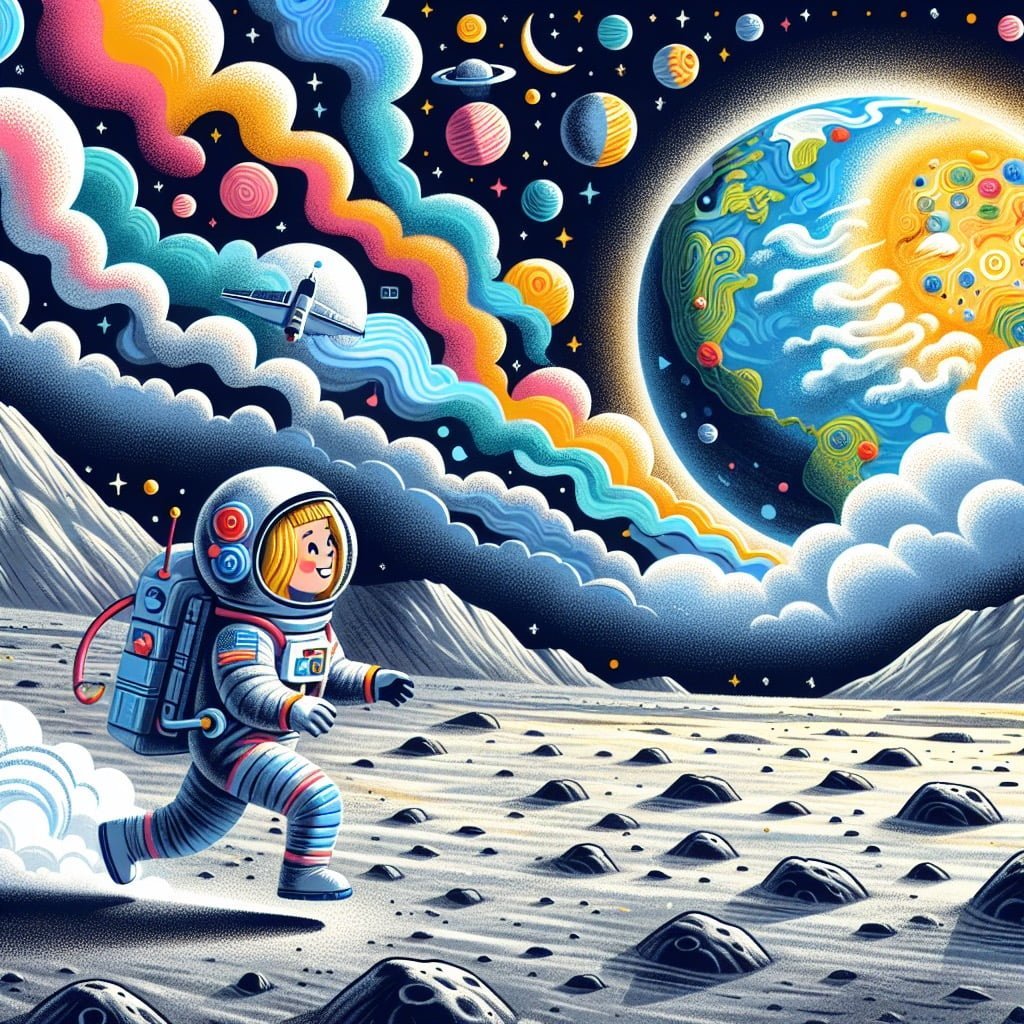
For younger kids: There’s no air around the Moon like we have on Earth! It’s very silent up there!
For older kids: Unlike Earth, the Moon has no atmosphere to protect it from the Sun’s radiation, creating extreme temperature variations between day and night.
Detailed explanation:One fascinating Moon fact for kids is that the Moon has no atmosphere. An atmosphere is a layer of gases that surrounds a planet or celestial body and is held in place by gravity. Earth, for example, has an atmosphere that consists mainly of nitrogen and oxygen, which allows for the presence of clouds, weather systems, and protects life on our planet from harmful radiation.
However, unlike Earth, the Moon does not have a significant atmosphere. This lack of atmosphere is due to the Moon’s weaker gravity, which is not strong enough to hold onto gases like nitrogen and oxygen. Instead, the Moon’s surface is exposed directly to the harsh environment of space. This means that there is no weather on the Moon, no clouds, and no protection from the Sun’s radiation or meteoroids.
The absence of an atmosphere on the Moon also means that there is no sound on the lunar surface, as sound waves require a medium, such as air, to travel through. Additionally, without an atmosphere to trap heat, temperatures on the Moon can vary drastically between day and night, reaching scorching highs and freezing lows.
In conclusion, the Moon’s lack of atmosphere is a unique and important characteristic that sets it apart from Earth and other planets in our solar system. It plays a key role in shaping the lunar environment and the conditions that astronauts would experience if they were to visit the Moon in the future. Moon Facts For Kids are always fascinating to learn about and help us appreciate the diversity of our solar system.
Moon Facts For Kids
6. The Moon’s Gravity Affects Earth’s Rotation
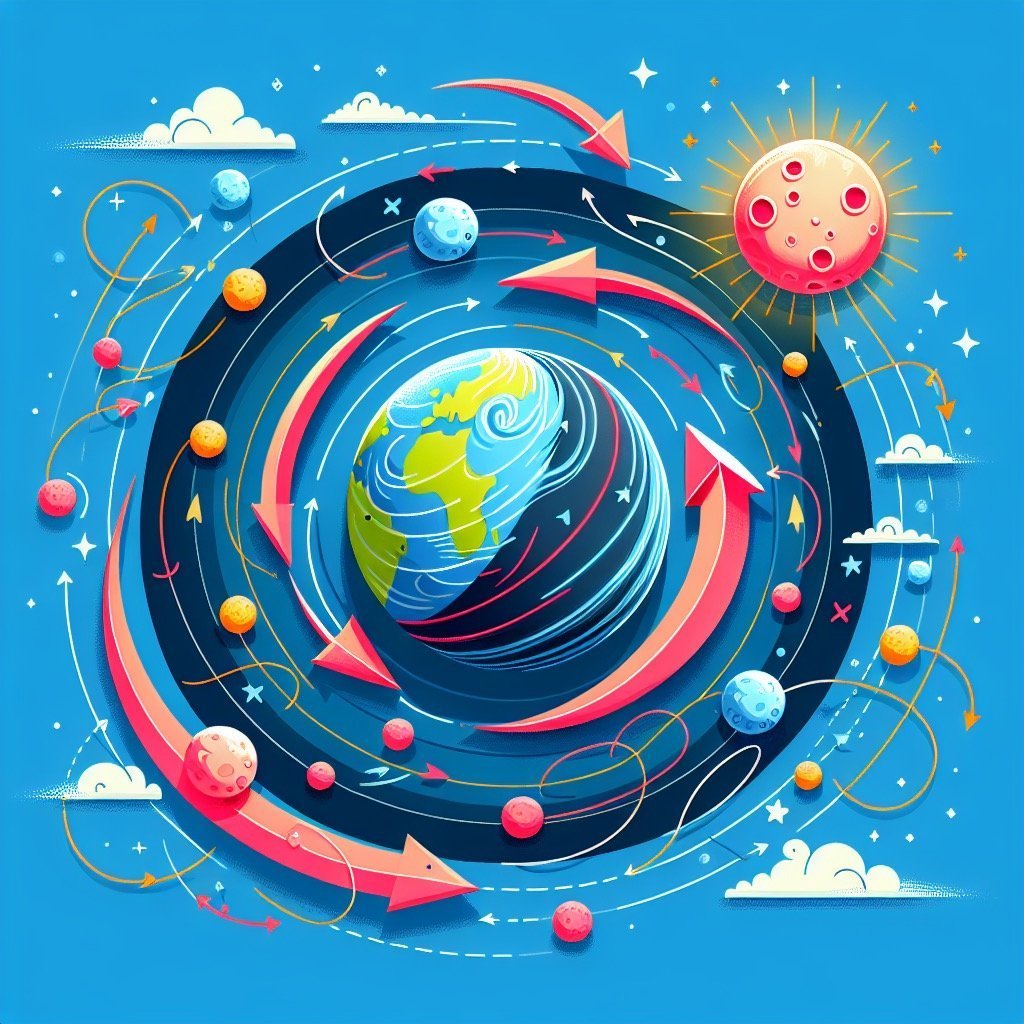
For younger kids: The Moon’s gravity helps Earth spin and keeps things in balance!
For older kids: The Moon’s gravitational pull on Earth causes tidal forces that slightly slow down our planet’s rotation, leading to longer days and altering the speed of the Earth-Moon system.
Detailed explanation:One fascinating fact about the moon that can captivate young minds is that its gravity actually affects the rotation of the Earth. This phenomenon, known as tidal locking, is a result of the gravitational forces between the Earth and the moon.
The moon’s gravitational pull creates tidal bulges on the Earth, causing the oceans to rise and fall in predictable patterns. As the Earth rotates, these tidal bulges exert a gravitational force on the moon, causing it to move slightly in its orbit. Over time, this interaction between the Earth and the moon has resulted in the moon becoming tidally locked with the Earth, meaning that it always shows the same face to our planet.
This gravitational interaction between the Earth and the moon has also had an impact on the Earth’s rotation. The energy from the Earth’s rotation is transferred to the moon, causing the Earth’s rotation to gradually slow down. In fact, days on Earth are getting longer by around 1.7 milliseconds every century due to this effect.
Understanding how the moon’s gravity affects the Earth’s rotation is not only a fascinating scientific concept, but it also highlights the interconnected nature of our solar system. It shows that even objects as seemingly distant as the moon can have a significant influence on the dynamics of our own planet. Through exploring moon facts for kids, children can gain a deeper appreciation for the complexities and wonders of the universe.
Moon Facts For Kids
7. The Moon Landings were Real
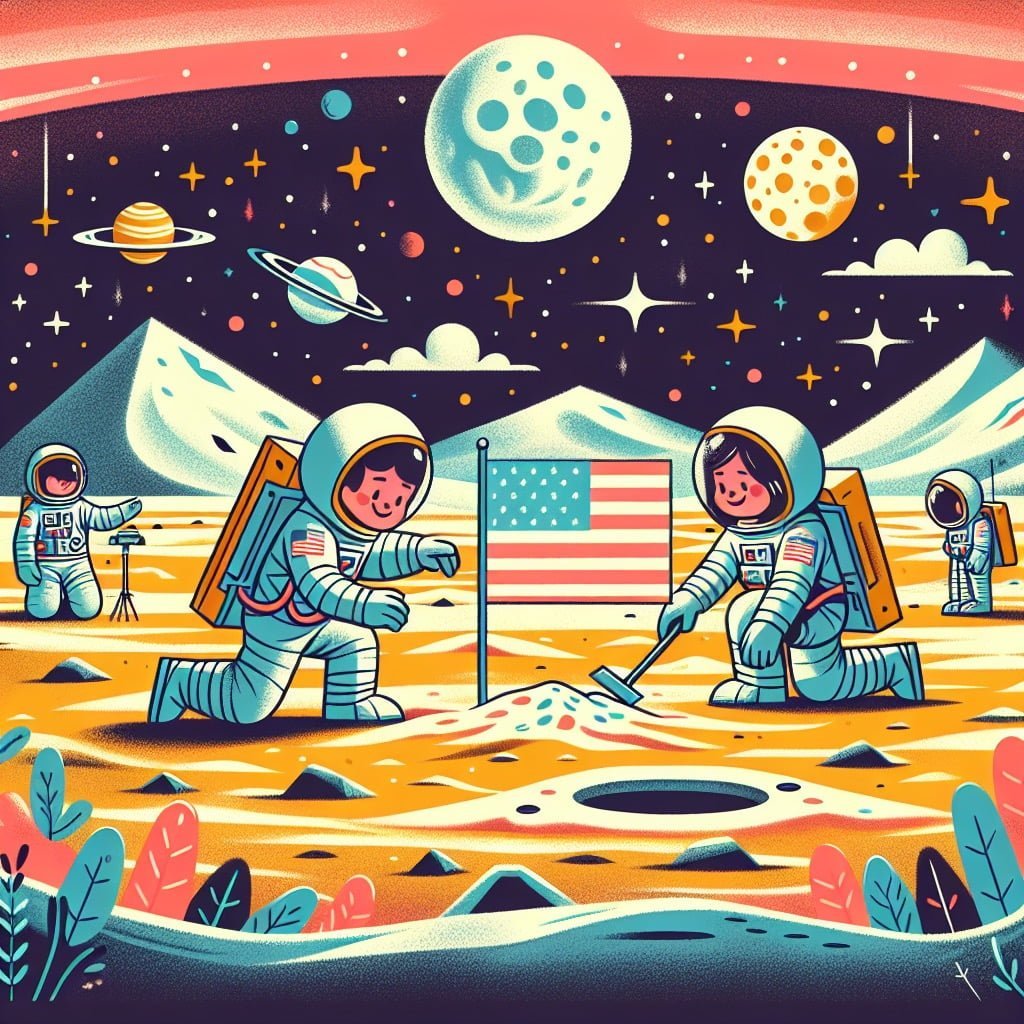
For younger kids: Astronauts went to the Moon and walked on its surface a long time ago!
For older kids: The Apollo missions in the late 1960s and early 1970s successfully landed astronauts on the Moon, making humanity’s first steps on another celestial body.
Detailed explanation:The Moon landings, which took place between 1969 and 1972 as part of NASA’s Apollo program, were indeed real and not staged as some conspiracy theories suggest. There is overwhelming evidence to support the fact that humans did land on the Moon, including photographs, videos, moon rocks brought back to Earth, and the testimonies of the astronauts who were part of these historic missions.
One of the key pieces of evidence supporting the reality of the Moon landings is the retroreflector arrays left on the lunar surface by the Apollo astronauts. These arrays are still in use today and are used to bounce laser beams off the Moon, providing precise measurements of the distance between Earth and the Moon. Additionally, the footprints, rover tracks, and equipment left behind by the astronauts can be seen in high-resolution images taken by orbiting spacecraft.
Furthermore, the technology needed to fake a Moon landing during that time period simply did not exist. The computing power required to create realistic simulations was not available in the 1960s, and the special effects capabilities were also limited. The risks and costs associated with staging a Moon landing would have far outweighed the benefits of actually sending astronauts to the Moon.
In conclusion, the Moon landings were a remarkable achievement in human history and a testament to the ingenuity, bravery, and dedication of the scientists, engineers, and astronauts involved in the Apollo program. The evidence supporting the reality of the Moon landings is compelling, and the legacy of these missions continues to inspire future generations to explore the wonders of outer space. Hopefully, these Moon Facts For Kids will help inspire a new generation of space explorers.
Moon Facts For Kids
8. The Moon Controls Plant Growth
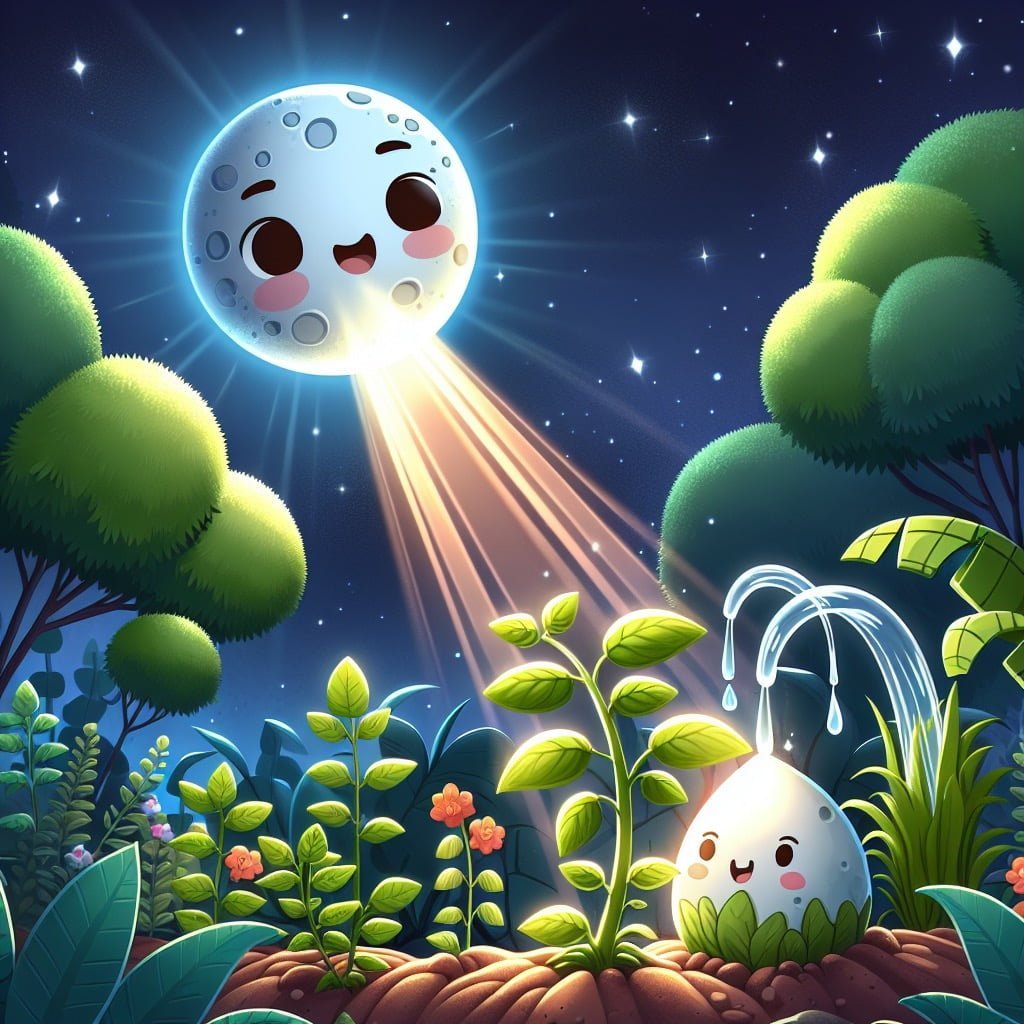
For younger kids: Some people believe that the Moon helps plants grow big and strong!
For older kids: Certain gardening practices, like planting by the moon’s phases, suggest that lunar influences can affect plant growth, leading to traditions and beliefs about moon gardening.
Detailed explanation:One fascinating fact about the Moon is its impact on plant growth. While many people may not realize it, the Moon actually plays a significant role in determining the success of plant growth on Earth. This phenomenon is known as lunar gardening or biodynamic farming, and it is based on the idea that the Moon’s gravitational pull affects the moisture levels in the soil, which in turn influences the growth of plants.
Moon Facts For Kids
The Moon’s gravitational pull creates tides in oceans and other bodies of water, and it also affects the moisture content in the soil. During the New Moon and Full Moon phases, when the Moon is either directly overhead or opposite the Earth, the gravitational pull is at its strongest. This gravitational pull causes water to rise in the soil, making it easier for seeds to absorb moisture and nutrients for germination.
Moon Facts For Kids
Conversely, during the First Quarter and Last Quarter phases, when the Moon is at a right angle to the Earth and the gravitational pull is weaker, water recedes in the soil. This is when it is best for tasks such as pruning, weeding, and transplanting, as plants experience less stress during these phases. By aligning planting and gardening activities with the phases of the Moon, gardeners and farmers can optimize plant growth and yield.
In conclusion, the Moon’s influence on plant growth is a fascinating aspect of our natural world. By understanding and harnessing the power of the Moon, gardeners and farmers can enhance the health and productivity of their crops. Moon Facts For Kids
Moon Facts For Kids
9. The Moon’s Size Appears to Change
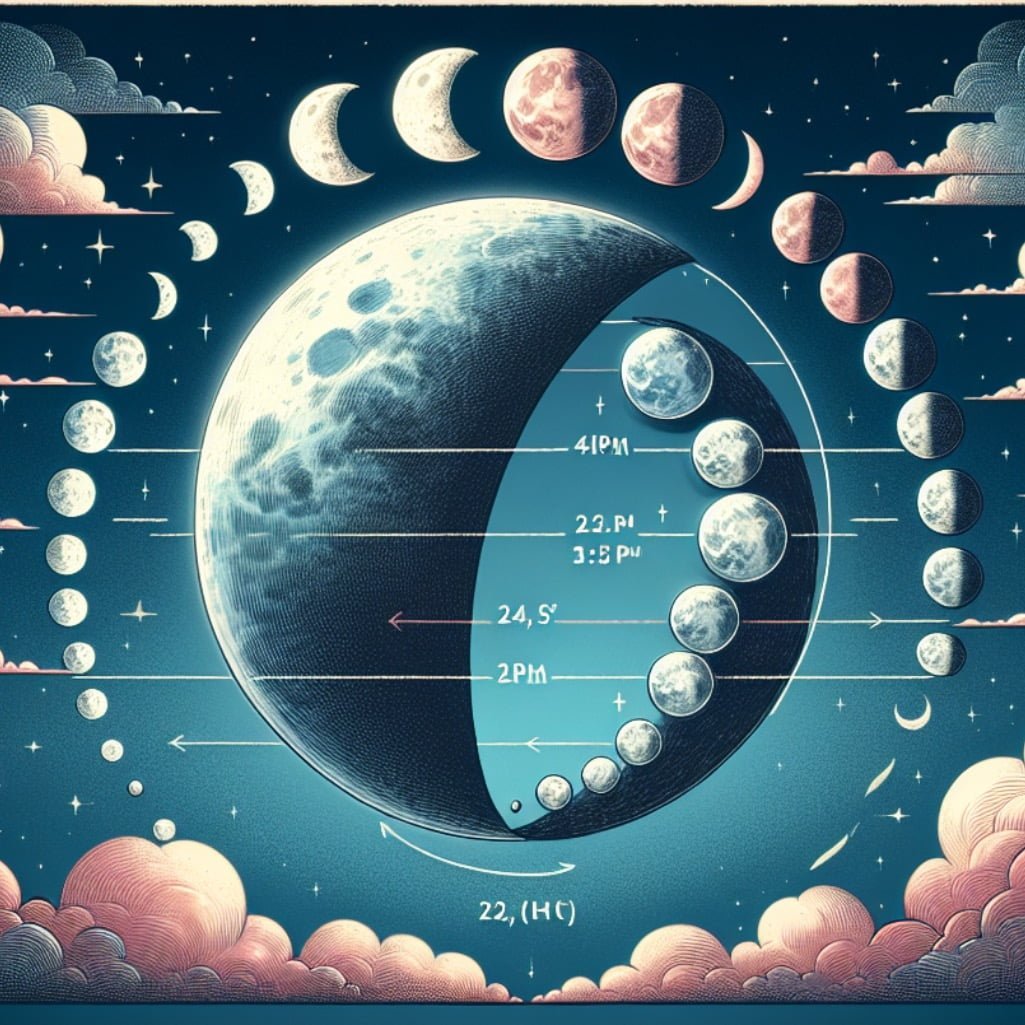
For younger kids: Sometimes the Moon looks big, and other times it looks small in the sky!
For older kids: The Moon’s distance from Earth varies, causing its apparent size to change in the sky, creating phenomena like supermoons and micromoons.
Detailed explanation:One fascinating fact about the moon that captures the attention of both kids and adults alike is that its size appears to change. This phenomenon, known as the “moon illusion,” occurs when the moon is near the horizon. Although the moon remains the same size wherever it is in the sky, our brains perceive it to be larger when it is closer to the horizon compared to when it is high up in the sky.
There are several theories that attempt to explain why this illusion occurs. One theory suggests that when the moon is near the horizon, we have objects like buildings and trees to use as reference points, which makes the moon appear larger in comparison. Another theory proposes that when the moon is higher in the sky, our brains adjust for the lack of reference points and therefore perceive it to be smaller.
The moon illusion is not limited to just the moon; it can also affect the apparent sizes of other celestial bodies like the sun and stars when they are near the horizon. This optical illusion has intrigued scientists and astronomers for centuries, and while there is still no definitive explanation for why it occurs, it continues to be a popular subject of study and discussion.
In conclusion, the apparent change in size of the moon when it is near the horizon is a captivating aspect of our celestial observations. By understanding the moon illusion and its various theories, we can appreciate the complexities of our visual perception and how it can be influenced by factors such as distance and reference points. Moon Facts For Kids would love to learn more about this interesting optical illusion and how it adds to the wonder of observing the night sky.
Moon Facts For Kids
10. The Moon Has Dark and Light Areas
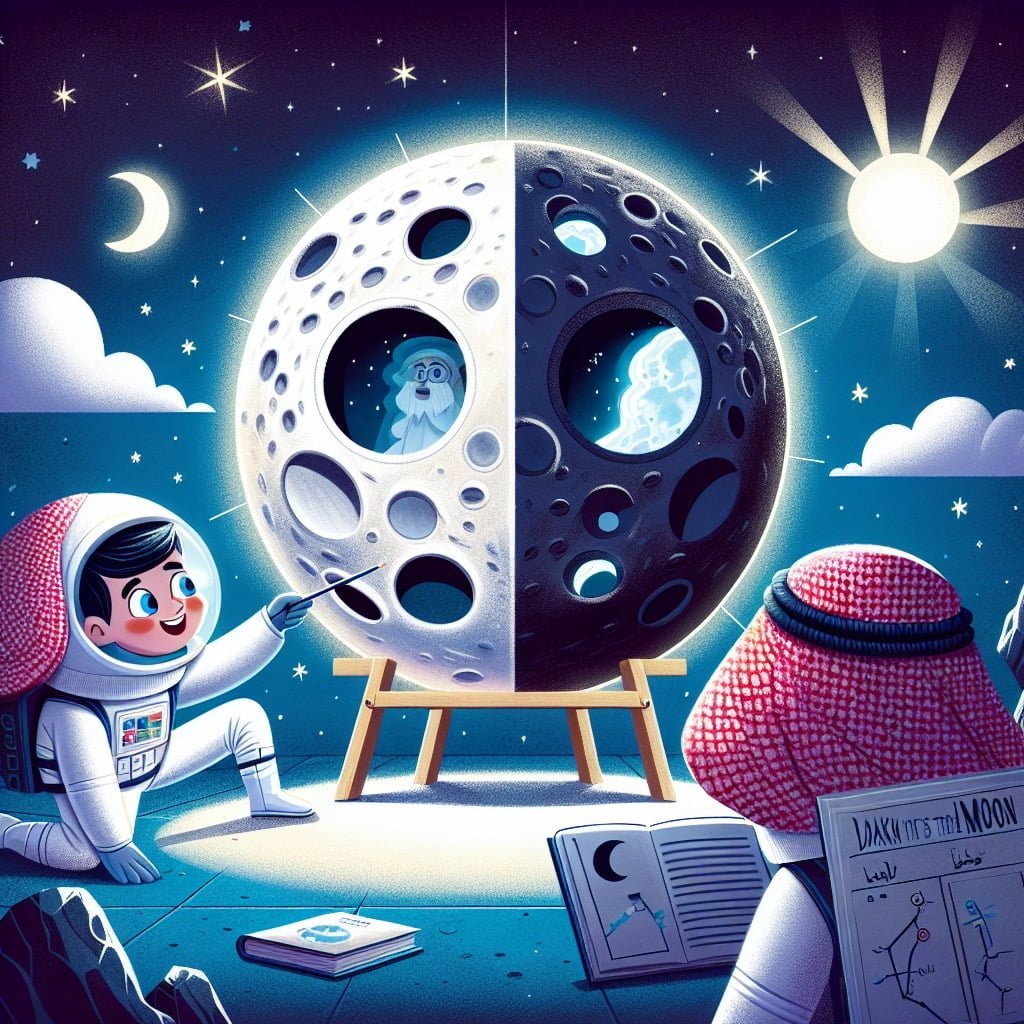
For younger kids: The Moon has different colors on its surface, with bright and dark spots!
For older kids: The Moon’s surface features dark areas called maria (Latin for “seas”) and bright regions called highlands, caused by ancient volcanic activity and impact cratering.
Detailed explanation:One fascinating aspect of the moon that captivates the curiosity of both kids and adults is the presence of dark and light areas on its surface. These contrasting regions are known as lunar maria and highlands, respectively.
The dark areas, or lunar maria, are actually vast plains made up of solidified lava flows that filled in large basins on the moon’s surface. These areas appear dark to us on Earth because the lava is denser and smoother than the highland areas, causing less sunlight to be reflected back towards us. Some famous lunar maria that can be easily seen from Earth include the Sea of Tranquility and the Sea of Serenity.
On the other hand, the light areas on the moon’s surface are the highlands, which are rugged and mountainous regions that rise higher than the dark lunar maria. These highland areas are made up of rocks like anorthosite, which are lighter in color and less dense than the basaltic rocks found in the maria. This difference in composition gives the highlands their characteristic light appearance.
The formation of these dark and light areas on the moon’s surface is believed to have been the result of ancient volcanic activity and impacts from asteroids and meteoroids. Over time, these processes have shaped the moon’s surface into the distinctive pattern of dark maria and light highlands that we observe today.
In conclusion, the presence of dark and light areas on the moon adds to its mystique and allure, providing a visual reminder of the dynamic and ever-changing nature of our closest celestial neighbor. Exploring the moon’s varied terrain can be both educational and awe-inspiring for kids and adults alike, sparking an interest in astronomy and space exploration. Moon Facts For Kids serve as a great way to engage young minds in the wonders of the universe.
Did you know?
Did you know that the Moon is about 1/6th the size of Earth, but still manages to have a big impact on our planet?
Summary of Moon Facts For Kids
Are you fascinated by the mysteries of the Moon and its influence on Earth? If so, this blog post is a must-read for kids of all ages who want to learn fun and interesting facts about our natural satellite. From explaining how the Moon affects ocean tides to debunking myths about its light production, each section provides engaging information at different levels of comprehension. Furthermore, details about the Moon’s craters, lack of atmosphere, and impact on plant growth will spark curiosity and inspire a deeper appreciation for the celestial body that has captured human imagination for centuries. Delve into this blog post to uncover the wonders of the Moon and expand your knowledge in a captivating way!
Sources and additional information for Moon Facts For Kids
WikipediaBritannicaNASAEuropean Space Agency (ESA)Space.comAstrophysical JournalSky & TelescopeUniverse TodaySpaceXThe Planetary SocietyAstronomy MagazineHubbleSiteNational Geographic KidsNASANational Air and Space MuseumESA KidsSpace.comThe Planetary SocietyNational Radio Astronomy Observatory (NRAO)Hayden PlanetariumSky & Telescope

